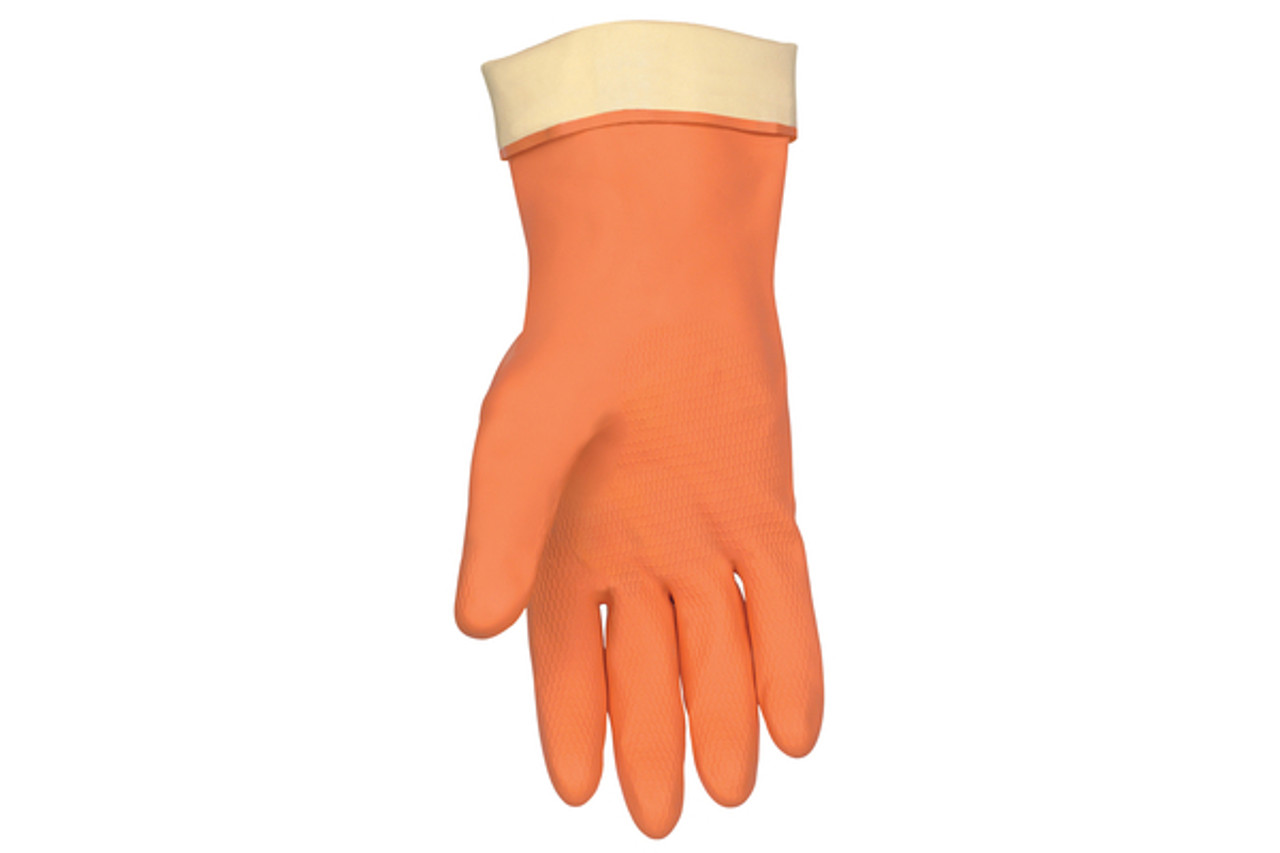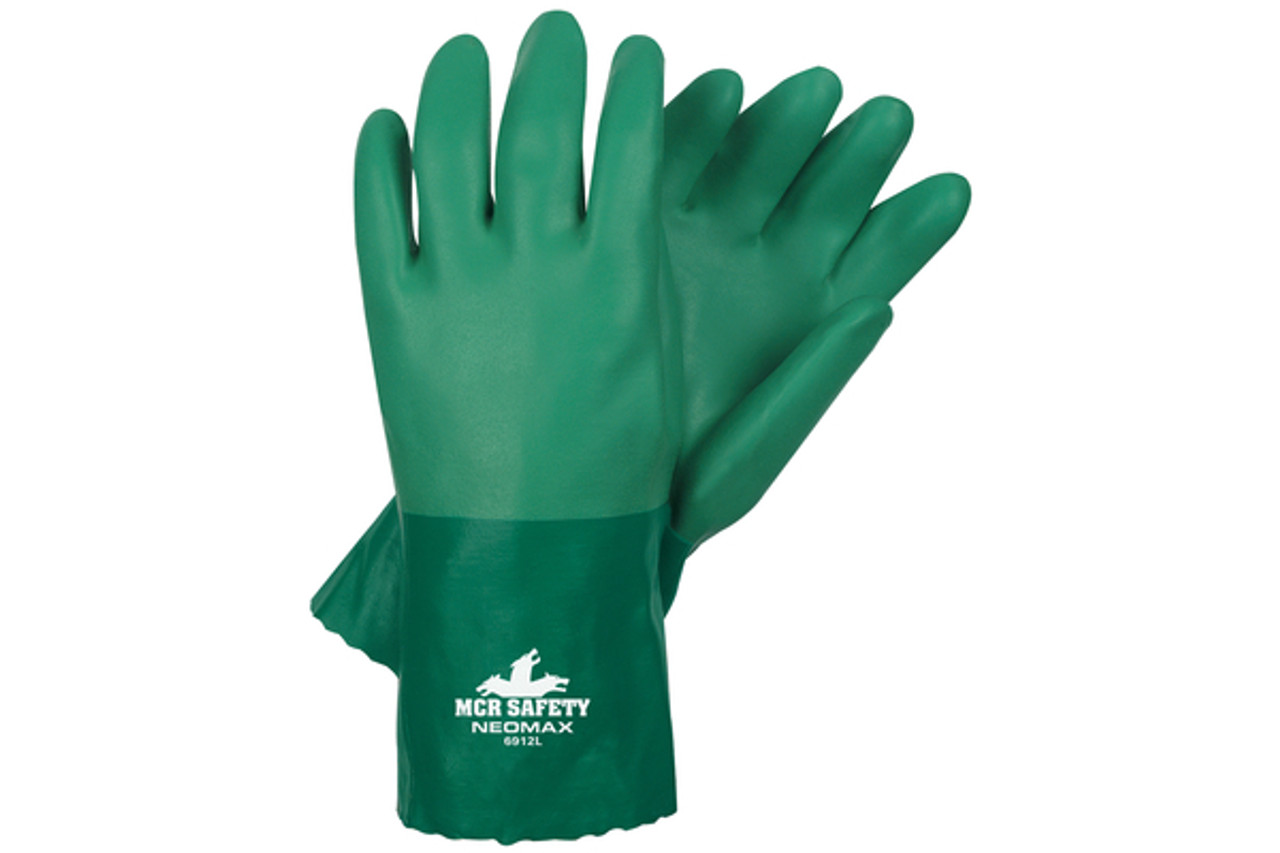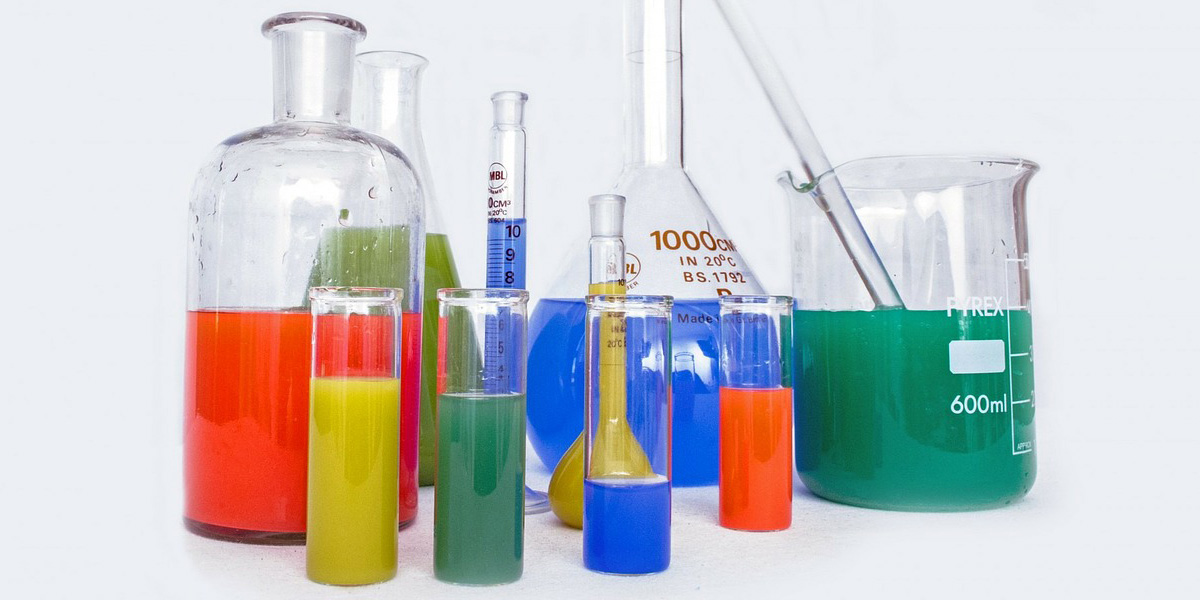Chemical Manufacturing - safety gloves
Safety is of the upmost importance and we understand supplies are essential. The first question when it operating within the chemical manufacturing field is “What chemicals are you dealing with?” By knowing which chemicals you are dealing with, we can help guide you to the correct gloves and safety items that will protect employees. It is important to choose safety gloves for chemical manufacturing that offer good dexterity, protect against the chemicals, and are comfortable.
By first identifying the types of chemicals being handled, we can come up with a PPE Safety Plan catered to you.
Sometimes more than one chemical involved in a specific application, so multiple gloves may be required. Gloves will not only differ in protective properties, but also in texture, flexibility and thickness. Generally, there are 5 types of materials chemical resistant gloves are made of.
Latex – the moist common and least expensive. Latex gloves are primarily a onetime use in the medical or food industry. However, latex gloves have the potential of causing an allergic reaction to the powder in the gloves or the latex itself.
 |
 |
 |
 |
 |
| SGSU5250 | SGSU5430 | SGSU5199B | SGSU6885 | SGSU5190 |
Nitrile – these gloves generally have good chemical resistance and are less expensive than other gloves. Nitrile gloves can be used in a variety of applications and have great resistance to gasoline, kerosene and other petroleum solvents.
 |
 |
 |
 |
 |
| SGSS9761R | SGSU5340 | SGSU531 | SGSS9794 | SGSSMG9796 |
Neoprene – these gloves are great against a wide variety of chemicals, such as acids, alcohols, oil and inks. Neoprene gloves are also one of the most flexible gloves in the industry, making them very comfortable to wear.
 |
 |
 |
 |
 |
| SGSS6924 | SGSS6932 | SGSS9650 | SGSS6912 | SGSS6962 |
PVC (polyvinylchloride) – these gloves are a standard for the oil, gas and petrochemical industry. They can be inexpensive and are durable. They have great chemical resistance against nitric, chromic, hydrochloric and phosphoric acids.
 |
 |
 |
 |
 |
| SGSS6410SC | SGSS6212S | SGSSMG9645 | SGSS6414 | SGSS6454S |
All gloves listed above are great to combat chemicals, acids, oils and other liquids. Other factors to consider when choosing a chemical resistant glove is the gloves length, slip protection, cold protection and puncture/cut/abrasion resistance.
Besides safety gloves, safety glasses are important to always wear. Liquids have a habit of spilling or splashing and if they end up in your eyes can cause series damage. If you are looking for just a basic run of the mill safety glasses, we recommend the CL110 (STCL110). These glasses offer great wraparound protection and are comfortable to wear for shorter periods of time. If safety glasses are going to be worn for extended periods, we recommend safety glasses that are more comfortable. Glasses that have a soft gel nose-piece and soft temples will almost feel like you aren’t wearing them at all. Some glasses that fit this description are the Bearkat 3 (STBK310AF), the IA1 Series (STIA110AF) and the HK2 (STHK210PF). Goggles provide the ultimate protection against chemicals. They offer 360-degree protection and have no chance of any liquids or fluids getting in. Our favorite goggle is the Hydroblast 2 (STHB1220AF).
Now that we have protected your hands and eyes, if something were to leak or spill, absorbent pads for chemicals and chemical spill kits are necessary to have around your facility. Hazmat absorbent pads and spill kits will absorb not only oil and water, but also the most aggressive chemicals. These absorbent pads are typically green or yellow in color, signaling that are for hazardous materials. Hazmat absorbent pads come in both the form of pads (15”x18”) and rolls. Hazmat spill kits will absorb spills from 8 gallons all the way up to 95 gallons). If there is a spill at your chemical manufacturing facility, having spill kits nearby will go a long way in acting fast and cleaning up the chemicals quickly.

